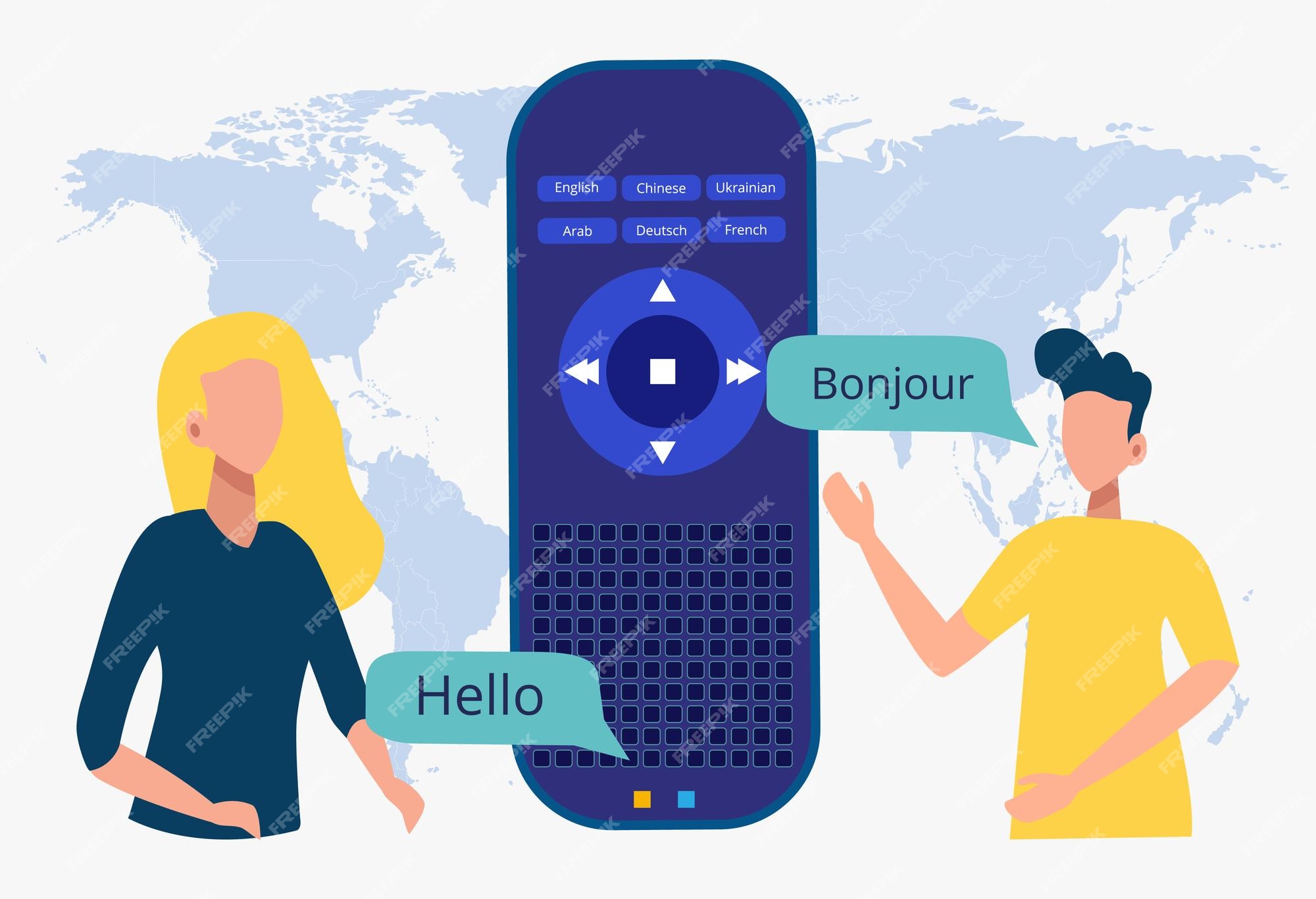
Image Source: FreeImages
The global digital economy is booming and the demand for high-quality translation services has never been greater. However, it’s not just the volume of translation work that has increased; new user experiences, like chatbots and AI personal assistants, have created new opportunities for developers and translators to make their products more accessible to a global audience. We recently caught up with Seonhee Yun from DeepL, a company that combines AI natural language processing technology with a community of freelance translators to create the world’s most innovative translation technology. In this interview, Seonhee shares how they developed their product, what they think about the future of AI in translation services and much more…
What is DeepL Translator?
DeepL Translator is a web-based translation tool incorporating state-of-the-art AI technology. It can understand sentences in almost any language, detect the source language and translate it into the desired language. DeepL is a translation platform that uses cutting-edge neural machine translation (NMT) technology to deliver high-quality translations at low-cost. DeepL is great for anyone who needs to translate online or on the go. Whether it’s a website that needs to be translated into another language or a document that needs to be localized, DeepL is the tool to use.
How does DeepL work?
With DeepL, translators are no longer tied to a desk in an office. Instead of waiting for clients in their own timezone, receiving assignments via email and working from their computer, translators can select the documents they want to translate, send their translation via the mobile app and get paid via the app too. The app also uses AI to match the right translator to the right assignment, allowing the platform to scale its operations without increasing the headcount.
Why did you decide to implement AI in your platform?
The original version of DeepL was developed as a cloud-based translation tool, but the team quickly realized that the translation quality was not yet as high as they wanted it to be. That’s when they decided to integrate state-of-the-art neural machine translation (NMT) technology, which is much more accurate than previous translation models. The NMT technology is used to train the neural network on a parallel corpus of documents. For example, a parallel corpus of Chinese-English documents is used for training Chinese-English translation. The result is more accurate source and target language translations. The technology’s benefits have made it one of the most promising tools in the translation industry. It has completely transformed the way translation is done, making it less costly, more efficient and accessible to everyone.
Some of the most exciting developments in translation technology
Automation – Automation of the process has made translation more affordable, accessible and efficient. Machine translation – Translators can now spend more of their time on tasks that require creativity and less on mechanical tasks like grammar and spelling. Interactive content – AI can be used to create interactive content that can be used in the virtual assistant, chatbots, or on websites. Natural language generation – This is a type of AI software that can create content, such as articles, blog posts or marketing materials, by combing information from different databases.
Where do you see translation technology going in the next 5 years?
The global economy is booming and the demand for high-quality translation services has never been greater. However, it’s not just the volume of translation work that has increased; new user experiences, like chatbots and AI personal assistants, have created new opportunities for developers and translators to make their products more accessible to a global audience. In the next five years, we’ll see translation technology become even more efficient, accurate and accessible to everyone. We’ll also see more developers using translation technology to create new and innovative products.
Conclusion
The translation industry is growing rapidly, with an annual growth rate of 6.5%. It’s also a relatively low-barrier industry; anyone with a good command of English can start a translation business. In the next five years, we expect that AI-powered translation tools will become the new standard in the industry. This is primarily because of the tool’s affordability, efficiency and accuracy. As with any new technology, there will be challenges. Developers and businesses need to ensure that they’re using the right AI tools, and doing so in the right way, or they run the risk of creating a sub-par user experience and missing out on the true benefits of AI-powered translation technology.



